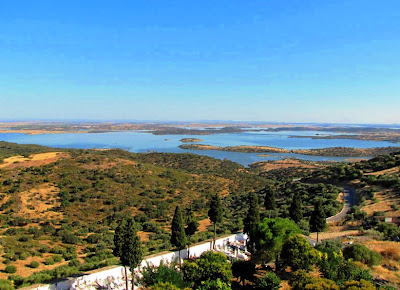Carne de Porco à Alentejana is one of the most traditional and popular in Portugal. It is typical from the Alentejo region, hence the word Alentejana (from Alentejo) in its name. It is a combination of pork loin and clams, with potatoes and coriander.
The combination of pork and clams in this dish is unusual, but creates a rich flavour that makes it easy to see why this stew has become so popular across the country.
Ingredients
1 tsp Paprika
300ml dry white wine
3 garlic cloves, chopped
750g boned pork loin, (or boneless chops), cut into 2.5 cm dice
750g clams, small
30g lard
2 tbsp extra virgin olive oil
1 onion, chopped
1 bunch Parsley, chopped
1 tbsp tomato purée
1 bunch Coriander, chopped
1 pinch salt and fresh ground black pepper
Method
1. Mix the paprika with the wine, half the garlic and a pinch of salt and pepper. Pour the mixture over the pork and marinate for at least 1 hour (about 4-5 hours is best).
2. Scrub the clams well, rinse in several changes of water, and discard any that remain open when tapped sharply on a work surface. Keep cool until needed.
3. Take the meat out of the marinade and pat dry on kitchen paper. Reserve the marinade. Heat the lard and oil in a frying pan and brown the pork, in two batches. Remove from the pan and set aside.
4. Reduce the heat and add the onion, the remaining garlic and the parsley to the pan and cook gently until tender.
5. Return the pork to the pan along with the marinade and tomato puree. Bring to a simmer, then reduce the heat, cover and cook gently for about 1 hour, until the pork is very tender, checking occasionally. If necessary, add a little more wine or water. By the time the pork is done, the sauce should be reduced by about half.
6. Raise the heat and add the clams with half the coriander. Cover tightly and shake over a high heat for 2-3 minutes, until the clams have opened. Discard any that stay closed.
7. Take the pan off the heat, taste and adjust the seasoning. Serve immediately, scattered with remaining coriander.




















































